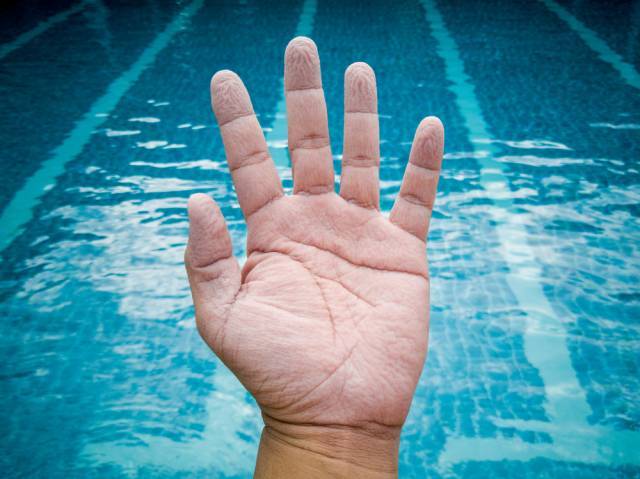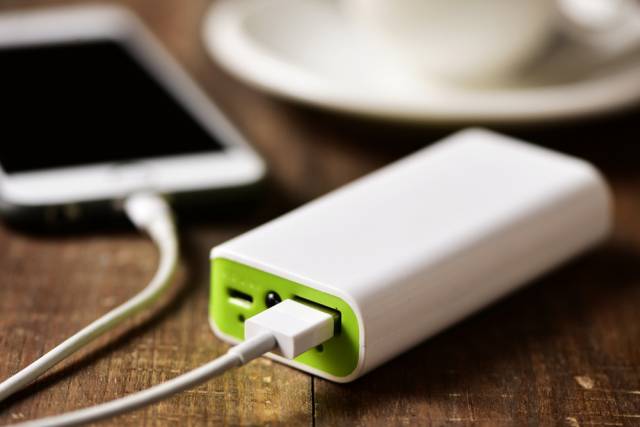The skin consists of the epidermis, dermis and hypodermis. The upper layer, the epidermis, includes 5 other sub-layers. The stratum corneum, the uppermost layer, contains the oldest cells. At one time, it was thought that skin shrivels as the stratum corneum swells due to water.
Later, experts revealed that the wrinkling of the skin is due to the activity of blood vessels. While a person is in water, his nervous system sends a signal to the blood vessels and they constrict. This leads to a slight decrease in the volume of the fingertips and the formation of skin folds.





